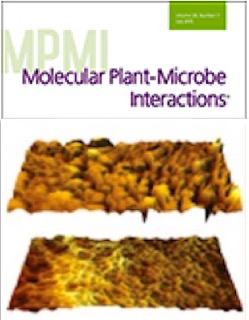- Submit a Protocol
- Receive Our Alerts
- Log in
- /
- Sign up
- My Bio Page
- Edit My Profile
- Change Password
- Log Out
- EN
- EN - English
- CN - 中文
- Protocols
- Articles and Issues
- For Authors
- About
- Become a Reviewer
- EN - English
- CN - 中文
- Home
- Protocols
- Articles and Issues
- For Authors
- About
- Become a Reviewer
Evaluation of Nodulation Speed by Sinorhizobium Strains
Published: Vol 5, Iss 15, Aug 5, 2015 DOI: 10.21769/BioProtoc.1554 Views: 9497
Reviewed by: Zhaohui LiuAnonymous reviewer(s)

Protocol Collections
Comprehensive collections of detailed, peer-reviewed protocols focusing on specific topics
Related protocols
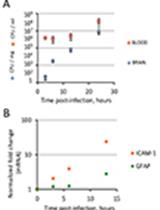
A Retro-orbital Sinus Injection Mouse Model to Study Early Events and Reorganization of the Astrocytic Network during Pneumococcal Meningitis
Chakir Bello [...] Guy Tran Van Nhieu
Dec 5, 2021 3271 Views
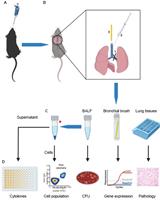
Induction of Acute or Disseminating Bacterial Pneumonia in Mice and Sampling of Infected Organs for Studying the Host Response to Bacterial Pneumonia
Wanhai Qin [...] Alex F. de Vos
Jan 5, 2022 4307 Views
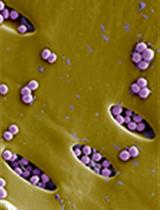
Rapid in vitro and in vivo Evaluation of Antimicrobial Formulations Using Bioluminescent Pathogenic Bacteria
Artur Schmidtchen and Manoj Puthia
Jan 20, 2022 3826 Views
Abstract
Rhizobia interact symbiotically with legumes to form root nodules, where by rhizobia fix atmospheric dinitrogen into ammonia in exchange for carbon produced via photosynthesis. The symbiotic interaction is agriculturally important by reducing the need for fertilizer containing nitrogen. The root and stem nodule bacteria commonly include bacteria in the genera Rhizobium, Mesorhizobium, Sinorhizobium (Ensifer), and Bradyrhizobium, although other genera of bacteria have now been shown to form root nodule symbioses with several legume species (Weir, 2012). Different rhizobial strains form different numbers of nodules on specific legume plant varieties (or cultivars), and the nitrogen fixing effectiveness of each rhizobial strain, its ability to fix nitrogen and transfer it to the plant, is also highly variable (Toro, 1996). Some native rhizobia are ineffective at fixing nitrogen yet form a majority of nodules in filed grown plants. This is referred to as the competition for nodulation problem (Triplett and Sadowsky, 1992). Competition studies are not feasible when evaluating a large number of different native strains. However, nodulation speed of individual strains correlates well with overall competiveness and can be used to identify native strains that overcome the competition problem (De Oliveira and Graham, 1990; Bhuvaneswari et al., 1980).
Materials and Reagents
- Sinorhizobium meliloti strains
- Medicago truncatula seeds
- Sodium chloride (MACRON CHEMICAL, catalog number: 7581-06 )
- Sodium hypochlorite
- Ethanol (Decon Labs, catalog number: 2701 )
- CYG growth pouches (Mega International Inc.)
- Concentrated sulfuric acid (Thermo Fisher Scientific, catalog number: A300-212 )
- Tryptone (BD Bioscience, catalog number: 211699 )
- Yeast extract (Thermo Fisher Scientific, catalog number: DF0127071 )
- CaCl2.6 H2O (Thermo Fisher Scientific, catalog number: C79-3 )
- Agar (Sigma-Aldrich, catalog number: A1296 )
- CaCl2.6 H2O (Thermo Fisher Scientific, catalog number: C79-3 )
- MgSO4.7 H2O (JT Baker, catalog number: 2504 )
- KH2PO4 (JT Baker, catalog number: 3246-01 )
- Na2HPO4.2 H2O (Sigma-Aldrich, catalog number: S9763 )
- Fe-citrate (Sigma-Aldrich, catalog number: F3388 )
- MnCl2.4 H2O (Thermo Fisher Scientific, catalog number: M33-500 )
- CuSo4.5 H2O (Thermo Fisher Scientific, catalog number: C-493 )
- ZnCl2 (JT Baker, catalog number: 4326-01 )
- H3BO3 (Mallinckrodt, catalog number: 2549 )
- Na2MoO4.2 H2O (Sigma-Aldrich, catalog number: S6646 )
- TY medium (see Recipes)
- Fahraeus medium (see Recipes)
Equipment
- P5 filter paper (Thermo Fisher Scientific, catalog number: 09-801C )
- Aluminum foil
- Plant growth chamber
Procedure
- Medicago seed sterilization
- Place the seeds in a 15 ml plastic falcon tube. Add 3 ml of concentrated sulfuric acid for 5-8 min with occasional mixing.
- Rapidly remove the acid with pipet, and wash 4 times with sterilized water.
- Soak the seeds in 10% sodium hypochlorite for 90 sec.
- Rinse 8 times with sterile water.
- Place the seeds on sterile filter paper disk in a petri dish and soak with 2 ml of sterile water.
- Place the seeds in the refrigerator at 4 °C (in the dark) for 3- 5 days.
- Move seeds to room temperature and incubate (in the dark) for 1 day to pre-germinate (1-1.5 cm root length).
- Place the seeds in a 15 ml plastic falcon tube. Add 3 ml of concentrated sulfuric acid for 5-8 min with occasional mixing.
- Sinorhizobium strains
- Sinorhizobium meliloti strains are grown in TY medium with 0.1 % initial inoculum to the exponential growth state (~ 2 days) at 30 °C, with shaking (200 rpm).
- Centrifuge the culture at 8,000 x g for 10 min and wash once with sterile 0.85% NaCl.
- The culture should be diluted to 107 cells/ml or an OD600 0.7 with sterile 0.85% NaCl.
- Sinorhizobium meliloti strains are grown in TY medium with 0.1 % initial inoculum to the exponential growth state (~ 2 days) at 30 °C, with shaking (200 rpm).
- Plant growth conditions and inoculation
- Plant growth pouches should be wetted with water and sterilize at 121 °C for 15 min.
- Add 2-4 pregerminated seedlings from the step A7 per pouch, with plant roots protruding through holes in the paper pouch tray.
- Add 6 ml fahraeus medium.
- Grow pouches in growth chamber at 25 °C with 16 h light conditions and 21 °C for 8 h dark conditions. Humidity should be between 50-70%. Light conditions should be 200-350 µmol/m2/s.
- Cover the roots with aluminum foil and place pouches in a container.
- Inoculate seedlings in pouches after 1 day with 1.0 ml of suspended culture immediately after step 10 using sterile pipette.
- Mark the location of the root tip on the surface of the growth pouch using a sharpie marker.
- Plant growth pouches should be wetted with water and sterilize at 121 °C for 15 min.
- Nodule analysis
- Examine pouches each day for the presence and number of nodules on each plant. Record the date when the first nodule formed and the number of nodules daily. Plot the number of plants nodulated (Y-axis) by days at the end of experiment.
- After three weeks of growth remove the pouches from the growth chamber.
- Count the nodules and measure the distance (in mm) that each nodule is relative to the root mark at the time of inoculation. Nodules above the root tip mark are designated as + mm and those below the root tip mark as - mm. Those at the root tip mark are designated as 0 mm. Plot the number of nodules (Y-axis) versus distance from root tip mark in a histogram. Those rhizobia with the majority of nodules above the root tip mark formed nodules earlier than those below the mark and are thought to be more competitive for nodulation.
- Examine pouches each day for the presence and number of nodules on each plant. Record the date when the first nodule formed and the number of nodules daily. Plot the number of plants nodulated (Y-axis) by days at the end of experiment.
Representative data
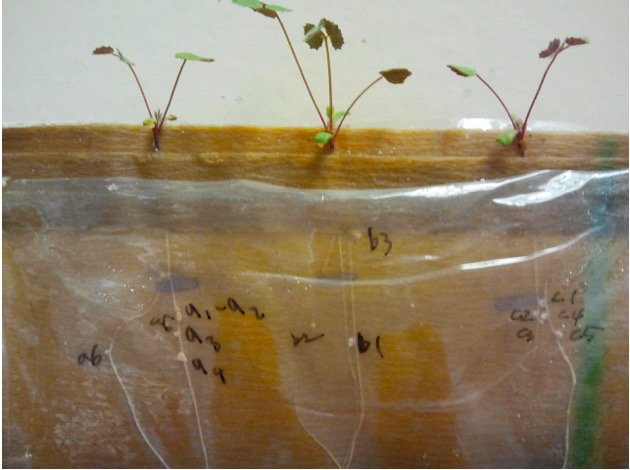
Figure 1. Nodulated Medicago truncatula with Sinorhizobium meliloti, after 2 weeks of growth. The plants were monitored daily and marked newly formed nodules on outer plastic cover. Horizontal lines are the root tips when the culture was inoculated. For example, the nodule marked as B3 in the middle plant is a nodule above the root tip mark as+ mm and the nodule B1 and B2 are those below the root tip mark as - mm.
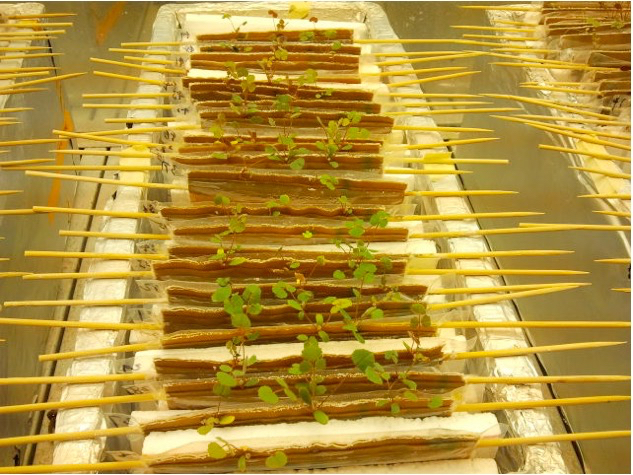
Figure 2. Top view of growth pouch experiment of Medicago truncatula with tin foil lined container
Recipes
- TY medium
5 g tryptone
3 g yeast extract
1.3 g CaCl2.6 H2O or 0.87 g CaCl2.2 H2O
Bring to 1 L with distilled H2O, adjust pH to 6.9 and sterilize by autoclaving for 30 min
For the plate, 1.5 % agar is added
- Fahraeus medium (Vincent, 1970)
0.132 g/L CaCl2
0.120 g/L MgSO4.7 H2O
0.100 g/L KH2PO4
0.075 g/L Na2HPO4.2 H2O
5 mg/L Fe-citrate
0.07 mg/L each of MnCl2.4 H2O, CuSo4.5 H2O, ZnCl2, H3BO3, and Na2MoO4.2 H2O
Adjust pH to 7.5 before autoclaving for 1 h for 10 L
Acknowledgments
This study was supported by grant 1237993 form The National Science Foundation.
References
- De Oliveira, L. and Graham, P. (1990). Speed of nodulation and competitive ability among strains of Rhizobium leguminosarum bv phaseoli. Arch Microbiol 153(4): 311-315.
- Bhuvaneswari, T. V., Turgeon, B. G. and Bauer, W. D. (1980). Early events in the infection of soybean (Glycine max L. Merr) by Rhizobium japonicum: I. Localization of infectible root cells. Plant Physiol 66(6): 1027-1031.
- Toro, A. (1996). Nodulation competitiveness in the Rhizobium-legume symbiosis. World J Microbiol Biotechnol 12(2): 157-162.
- Triplett, E. W. and Sadowsky, M. J. (1992). Genetics of competition for nodulation of legumes. Annual Reviews in Microbiology 46(1): 399-422.
- Vincent, J. M. (1970). A manual for the practical study of the root-nodule bacteria. A manual for the practical study of the root-nodule bacteria.
- Weir, B. S. (2012). The current taxonomy of rhizobia. NZ Rhizobia website.
Article Information
Copyright
© 2015 The Authors; exclusive licensee Bio-protocol LLC.
How to cite
Nelson, M. S., Chun, C. L. and Sadowksy, M. J. (2015). Evaluation of Nodulation Speed by Sinorhizobium Strains. Bio-protocol 5(15): e1554. DOI: 10.21769/BioProtoc.1554.
Category
Microbiology > in vivo model > Bacterium
Plant Science > Plant physiology > Nodulation
Do you have any questions about this protocol?
Post your question to gather feedback from the community. We will also invite the authors of this article to respond.
Share
Bluesky
X
Copy link



